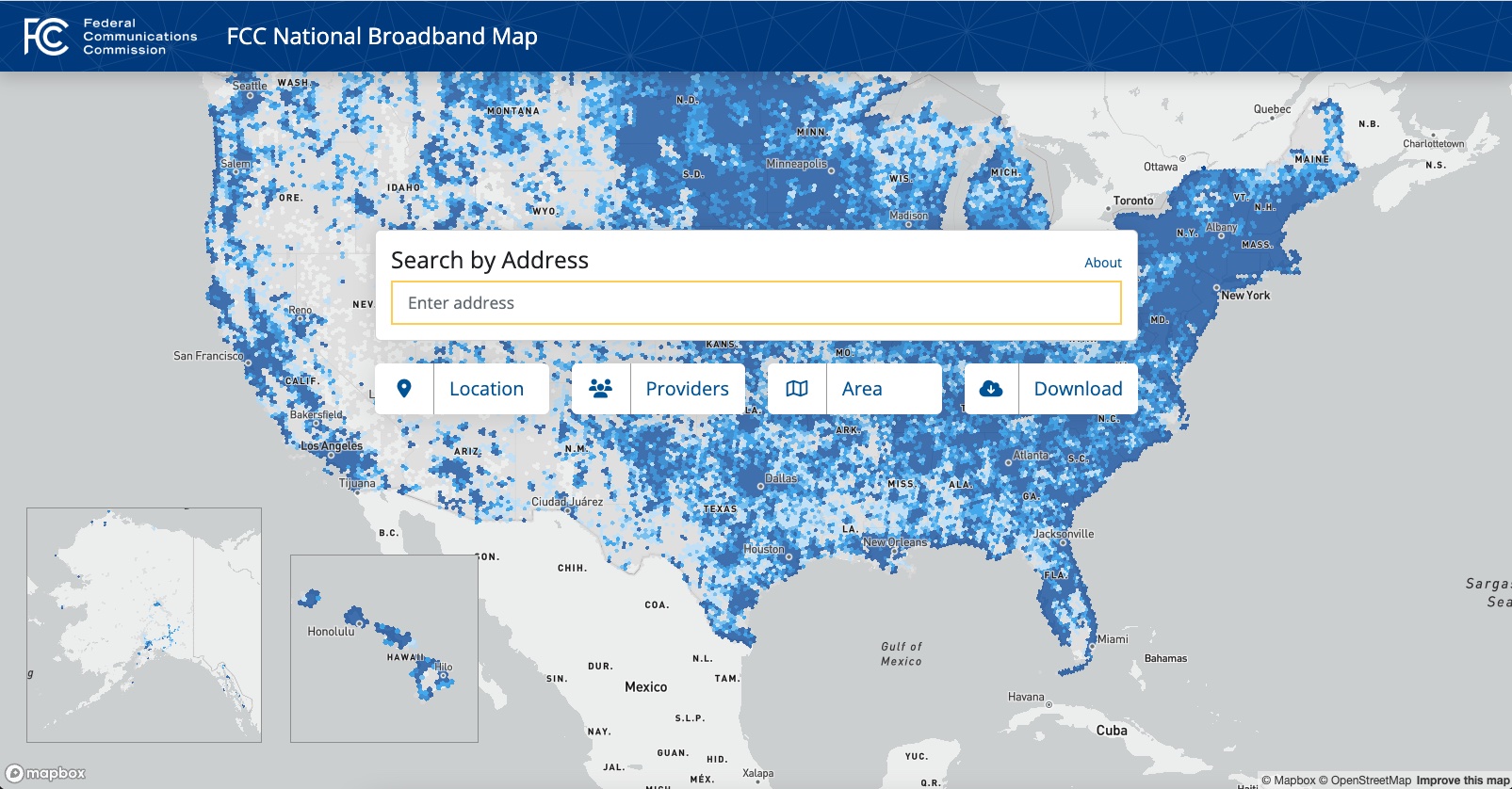
The Federal Communications Commission has made clear that its just-released newest broadband availability map is not the end product, but as chair Jessica Rosenworcel put it, “another step forward in its iterative effort to develop the best and most accurate broadband maps ever built in the United States.”
The FCC has been under pressure, both external and self-imposed, to improve its collection and representation of data on where broadband is and isn't. The Biden administration put an exclamation point on that by making universal broadband by decade's end a priority.

Rosenworcel said the new maps show that more than 8 million homes and businesses “still don't have access to high-speed broadband,“ including 330,000 more unserved locations than the previous map showed.
WISPA, the wireless ISP association, had a slightly different take on that figure, pointing out that “[t]he FCC’s new broadband map tells the success story of the vibrant and growing ISP broadband industry — one working 24/7/365 to almost halve the number of unserved locations since 2020. Down from nearly 14 million unserved to 8 million today.”
Also Read: The FCC Broadband Map Will Be Wrong — But It Was Always Going To Be
Rosenworcel said the iterative improvements in mapping will continue with twice-yearly updates, with incremental updates in between, as it has been making for most of this year.
INCOMPAS, the internet and competitive networks association, which represents both competitive carriers and some edge providers pushing for universal broadband, urged the FCC on in its iterative quest for better mapping.
“INCOMPAS is pleased to see the latest version of the FCC’s National Broadband Map and the improvements that have been made since its original release in November,” INCOMPAS CEO Chip Pickering said. “The revised maps will be essential in assisting [the National Telecommunications & Information Association] in determining state allocations for the BEAD Program.”
The NTIA is the Biden administration’s chief communications policy arm and is overseeing billions of dollars in various broadband subsidy programs, including the Broadband Equity, Access & Deployment (BEAD) program. NTIA has also been a big player on the broadband mapping front, so it also drew criticism for the lack of accurate maps.







